 Ma.gnolia, a social bookmarking service is down, lost all their user data and they don’t know if / when they can recover.
Ma.gnolia, a social bookmarking service is down, lost all their user data and they don’t know if / when they can recover.
This is as bad as it can get for any Web 2.0 service (and more importantly for users), and the backlash against Cloud services has already started. My first reaction is taking Stowe Boyd’s approach – a quick overview of how safe my own data is.
Update: also read Krish’s post @ ClouDave: Magnolia Effect – Should We Trust The Clouds?


 Quick update to my recent
Quick update to my recent  Dropbox has one advantage over Syncplicity: it’s multi-platform, including Apple’s OS X and Linux, whereas Syncplicity is Windows only for now. But that’s where it ends: it has less features (forget Web Apps integration, e.g. Google, Zoho, Scribd, Picnik), and has what I consider a huge flaw: you have to drop your files into a dedicated folder to be synchronized. That may be reasonable if you want to collaborate on a limited set of files, but it simply does not resolve the “access to all my data anywhere, anytime” problem. It’s certainly a show-stopper for me.
Dropbox has one advantage over Syncplicity: it’s multi-platform, including Apple’s OS X and Linux, whereas Syncplicity is Windows only for now. But that’s where it ends: it has less features (forget Web Apps integration, e.g. Google, Zoho, Scribd, Picnik), and has what I consider a huge flaw: you have to drop your files into a dedicated folder to be synchronized. That may be reasonable if you want to collaborate on a limited set of files, but it simply does not resolve the “access to all my data anywhere, anytime” problem. It’s certainly a show-stopper for me.

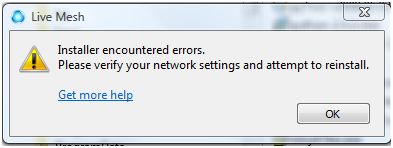
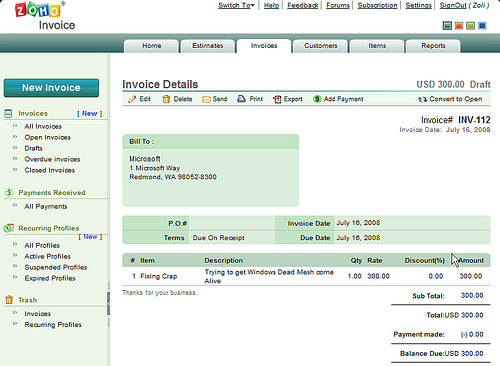
 .
. Synchronization
Synchronization Backup
Backup . On a more serious note, what I really would like to see is full Syncplicity<>Zoho integration, like it works with Google today (and since Zoho supports more Word functions, the conversion should be less lossy). And while on the wish-list, how about sync-ing to Flickr?
. On a more serious note, what I really would like to see is full Syncplicity<>Zoho integration, like it works with Google today (and since Zoho supports more Word functions, the conversion should be less lossy). And while on the wish-list, how about sync-ing to Flickr?

 . (Yes, I know, we get what we pay for, and this is a free service – it’s still a ridiculous outage.)
. (Yes, I know, we get what we pay for, and this is a free service – it’s still a ridiculous outage.)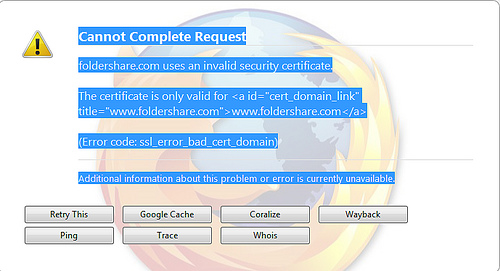
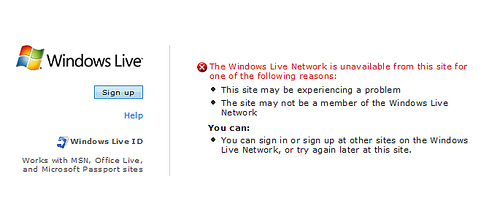
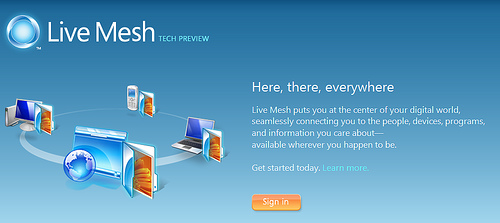
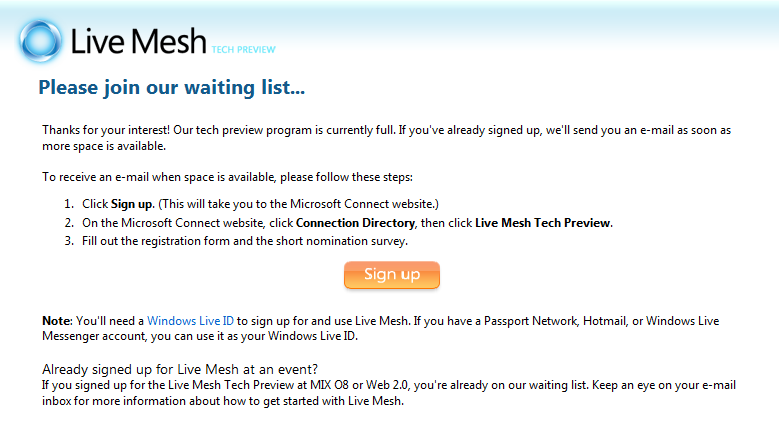
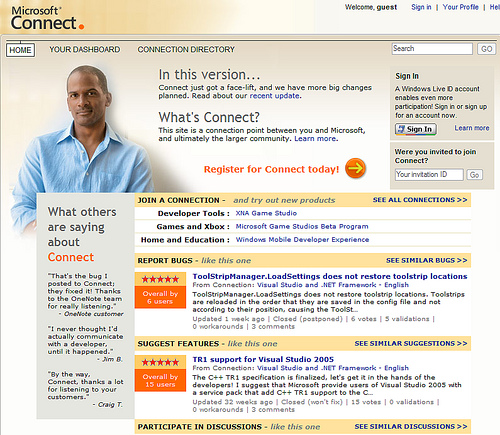
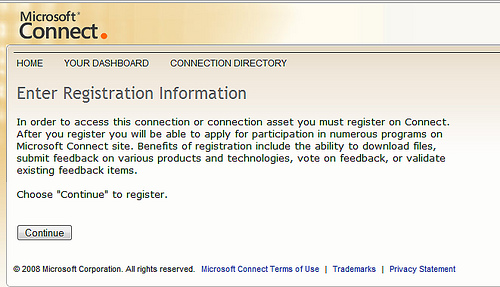
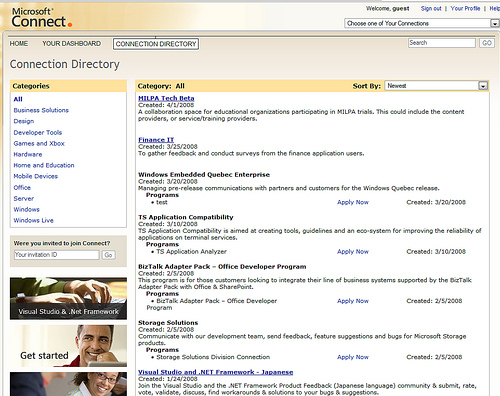
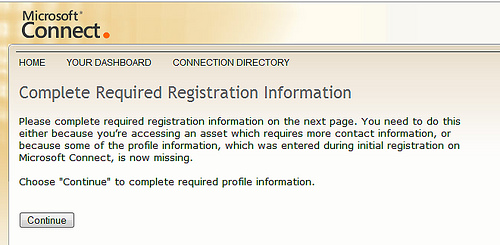
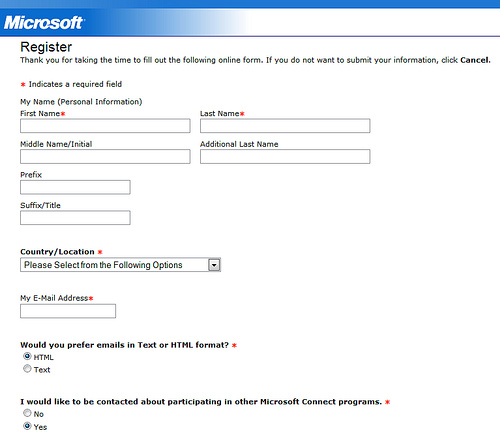


Recent Comments